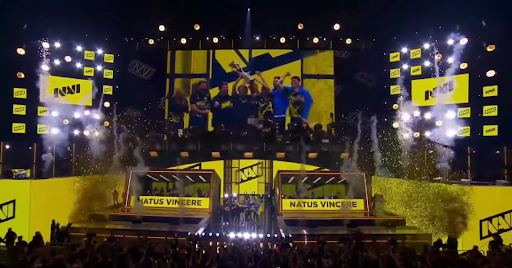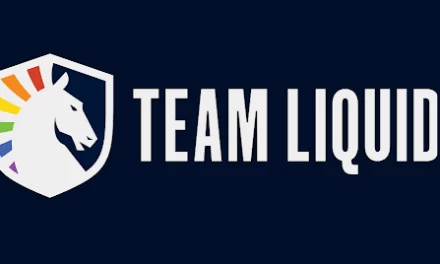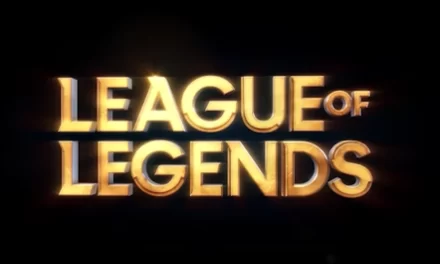The CSGO Major is one of the most prestigious tournaments in the world of esports, where top teams from across the globe compete for glory, fame, and massive prize pools. As the pinnacle of Counter-Strike: Global Offensive competitions, Majors have made history time and time again, and the excitement only continues to grow.
Let’s dive deep into what makes the CSGO Major so special and take a look back at past champions.
A Walk Through History: All CSGO Major Champions
Since the first CSGO Major in 2013, numerous teams have etched their names in history by claiming the title of Major champions. From legendary squads like Astralis to breakout teams like NAVI, the CSGO Major has seen its fair share of unforgettable moments.
Astralis: The Kings of Majors
When talking about Major champions, Astralis stands out as the most dominant force in CSGO history. With a record four Major titles, they have set a benchmark for excellence. Their reign from 2017 to 2019 cemented their legacy, and their innovative playstyle influenced the competitive meta for years.
Other Notable Major Champions
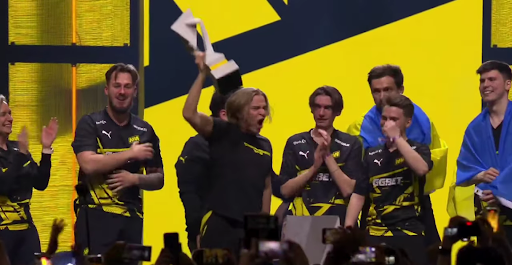
- Natus Vincere (NAVI): Winners of the PGL Stockholm 2021 Major, NAVI’s triumph was a highlight in their storied journey, led by the iconic s1mple.
- Fnatic: One of the earliest dominant teams, Fnatic won three Majors and were a force to be reckoned with during the early days of the CSGO competitive scene.
- Virtus.pro: Known for their unique style and resilience, Virtus.pro took the crown at the EMS One Katowice 2014 Major.
The Complete List of Champions
Here’s a look at all the Major champions, from the early days of DreamHack Winter 2013 to the most recent events:
- DreamHack Winter 2013: Fnatic
- ESL One Cologne 2014: Ninjas in Pyjamas
- PGL Major Stockholm 2021: NAVI
The Evolution of CSGO Majors
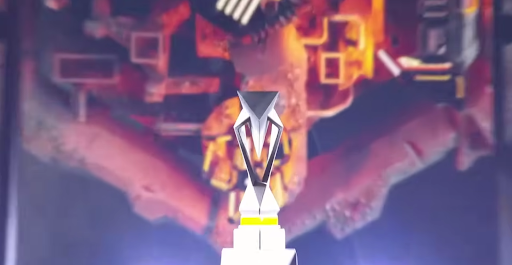
The CSGO Major has evolved significantly over the years, from humble beginnings with a $250,000 prize pool to the multi-million dollar events we see today. Each Major is not just a test of skill but a showcase of the best Counter-Strike has to offer.
How the Format Has Changed
Initially, Majors featured a smaller pool of teams, but as the game and its competitive scene grew, so did the tournament. Today, the format includes a Challengers Stage, Legends Stage, and the final Champions Stage, allowing for a wider array of talent to compete.
- Challengers Stage: Up-and-coming teams face off for a chance to move forward.
- Legends Stage: The top-performing teams from past Majors automatically qualify here, battling against Challengers.
- Champions Stage: The final 8 teams compete in a single-elimination bracket for the title.
The Rise of Prize Pools
From the first Major with a $250,000 prize pool to the $1.25 million up for grabs at the BLAST Major, the growth of prize money reflects the rising popularity and financial backing of esports. Majors now attract millions of viewers worldwide, with streaming numbers breaking records each year.
Why CSGO Majors Matter: More Than Just the Game
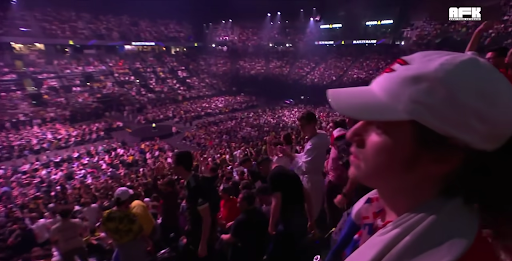
For fans and players alike, the CSGO Major is more than just a tournament; it’s a celebration of the Counter-Strike community and its enduring impact on esports. Here’s why they matter so much:
- Global Impact: Majors are streamed by millions worldwide, bringing together a diverse and passionate community of gamers.
- Career-Defining Moments: A Major win can turn a good player into a legend. Players like s1mple, device, and dupreeh became icons through their Major performances.
- Economic Growth: The economic impact of hosting a Major goes beyond the prize pool. It boosts local economies and showcases the host city as a global hub for esports.
What’s Next for CSGO Majors?
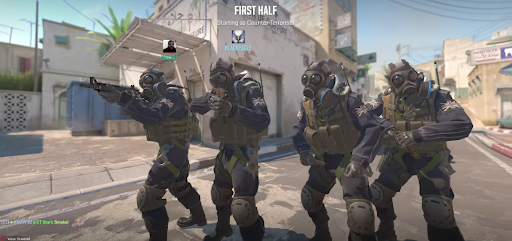
With the release of Counter-Strike 2, the future of Majors is more exciting than ever. Will old dynasties like Astralis return to dominance, or will new challengers rise to the occasion? Only time will tell, but one thing’s for sure: the Major is here to stay, and the action will be better than ever.

